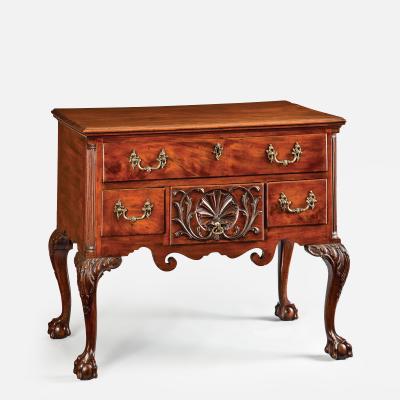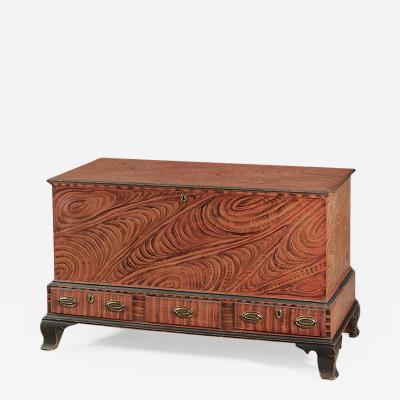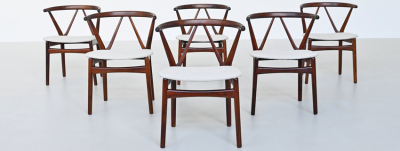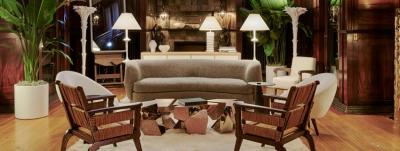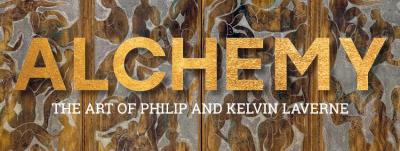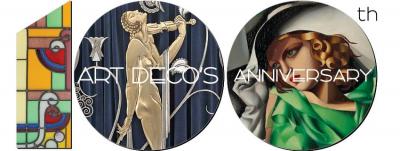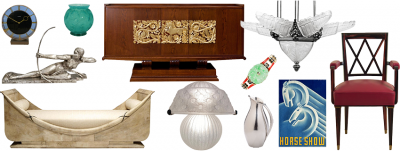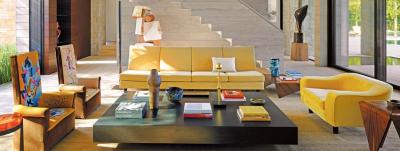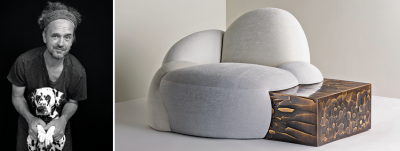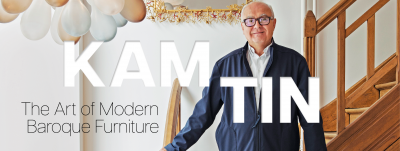The John Head Project: Documenting His Clock Cases
The Philadelphia account book (Fig. 1) of immigrant English joiner John Head (1688, Bury St. Edmunds, England–1754, Philadelphia) is the earliest and most complete to have survived from any cabinetmaker working in North America or Great Britain.1 Of the ninety-one clock cases debited there, more than twenty can now be attributed to his shop based on two documented examples discussed below.
 | |
Fig. 1: John Head (1688–1754), John Head his Books of accounts, 1718–1753. Ink-on-paper manuscript leaves bound in a recycled parchment indenture. H. 16 ⅜, W. 6, D. 1 ⅜ in. American Philosophical Society. Photography by John Wynn. |
Head’s most popular model of clock case cost £3. Forty were debited in his accounts (April 14, 1722–September 14, 1743). He identified two as “Walnut” and two as “Squar Case,” suggesting that the others at that price were also walnut cases for square-dial clocks. Typical of Head’s square cases is one in walnut that houses its original eight-day Peter Stretch (1670–1746) square-dial movement (Fig. 2). This is one of Head’s simplest model cases. There are no arches to the waist door, hood, or sidelights. Nor are there moldings applied to the plinth fronts of the hood. The waist door has a plain ovolo-shaped surround. The austerity of the case’s rectilinear design is offset by the double-bead surrounding the lenticle and at the rear edge of the hood, and by the sloping sarcophagus top with ball-shaped finials and scrolled central plinth (Fig. 3).
Head’s next most popular model, of which thirty-one were debited, was priced at £4. The entry for the earliest is particularly descriptive: “To a Clockcas Archit plat” [a clock case with an arched dial plate], sold to Richard Harrison (fl. 1721–1722), on September 16, 1721. The latest of the £4 clock cases was that debited to John Hood (1740–1749) on September 29, 1743. All thirty-one were thus probably for arch-dial clocks. Six at that price were described as arched, dating between 1721–1727, including a 1726 entry to Peter Stretch. These entries provide the earliest documented dates for American arch-dial clocks. According to English furniture historian Adam Bowett, 1721 would be an early reference for an arched-dial clock even in provincial England.2 Not knowing of the Head account book and relying principally on probate records, pioneer Philadelphia furniture historian William McPherson Hornor Jr. (1897–1969) mistakenly believed that arch-dial clocks were not made in Philadelphia until the late 1730s.3
The stately proportioned, black walnut arched case debited by Head to glassmaker Caspar Wistar (1696–1752) at £4, on April 30, 1730 (Figs. 4, 5), has its original brass eight-day tide dial movement (Fig. 6) by Peter’s son William Stretch (1701–1748), creator of the most complicated works made by that prolific horological dynasty. The case has an old craquelure finish. The silvered dial retains its original gilt spandrels. From the John Head account book, and Wistar family probate and other records, we know the clock’s original owner and complete line of descent, as well as the maker of its case, the cost, when it was ordered and paid for, and how and by whom. Wistar’s is the earliest and best-documented Philadelphia tall-case clock known to have survived.
 | 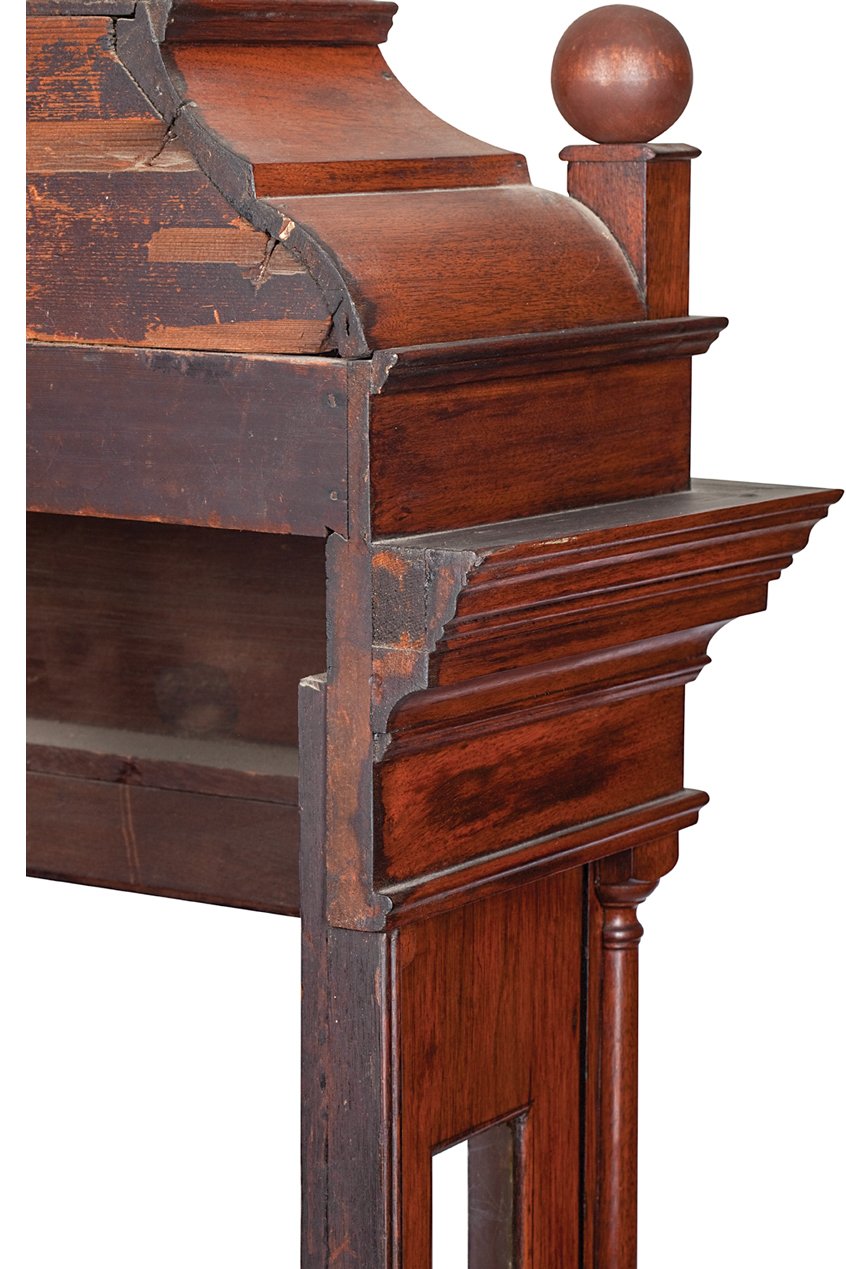 | |
| Figs. 2, 3: Left: Tall-case square-dial clock, Philadelphia, 1722–1743. Black walnut with hard pine. H. 97⅝, D. 10½ in. Case attributed to the shop of John Head; eight-day movement by Peter Stretch. Private collection. Photography by Winterthur Museum, Library & Garden. Right: Detail of the rear and side of the hood of the clock case shown in figure 2. | ||
 |  | |
Figs. 4, 5: The Caspar Wistar tall-case clock, Philadelphia, 1726. Black walnut with hard pine and Atlantic white cedar. H. 109, W. 19, D. 10 in. Arched case by the shop of John Head and debited in his account book, 87 left, on April 30, 1730, to Caspar Wistar (1696–1752); arched eight-day tide dial movement by William Stretch (1701–1748). By tradition, the dent above the lenticle in the waist door was from a stone thrown through the window of the Wistar house during the Revolution. This is the earliest known, fully documented Philadelphia tall-case clock. Private collection, Philadelphia. Photography by John Wynn. | ||
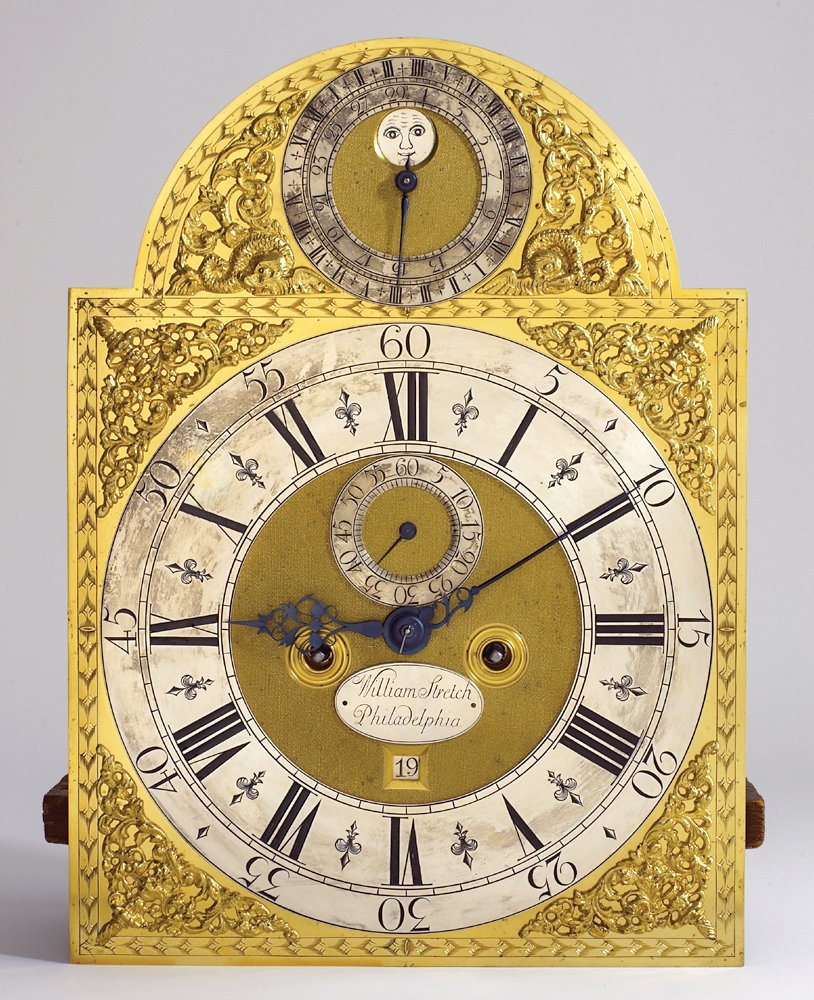 | |
Fig. 6: Detail of the silvered brass arch dial of the Caspar Wistar tall-case clock, Philadelphia, 1730, illustrated in Figures 4 and 5, with an eight-day tide dial movement by William Stretch. Its case was ordered by Caspar Wistar from John Head, and debited in Head’s account book, page 87, left, on April 30, 1730. Private collection, Philadelphia. Photography by Winterthur Museum, Library & Garden. |
Head’s clock cases in woods designated as other than walnut cost £5 and were his most expensive. Of these, cedar was the most popular for Head’s earliest clock cases: the four in cedar all date to the early 1720s. None are known to survive. Tastes may have changed or imported wood may have become more available, as the three £5 cases ordered in mahogany date from the mid- to late 1720s. The four cherry £5 cases date from the 1730s, with one exception from 1723. One fascinating discovery: Although from imported wood, the mahogany cases were priced no more than those designated as in cedar or cherry. Thus, the maxim of cherry being the poor man’s mahogany is apocryphal, at least for furniture sold in Head’s shop.
Two cherry clock cases from the Head shop survive. As both surviving cherry cases bear design similarities to the 1730 black walnut case documented to Caspar Wistar’s account, they may be tentatively ascribed to that period of construction in Head’s shop. What may be the earlier of the two cherry tall-case clocks remains in the family of John Lisle (1726–1807), a lieutenant in the Pennsylvania militia born too late to be its first owner. As on the Wistar case, the Lisle case has a double-bead surround on its arched waist door and arched side moldings and sidelights on its hood. The arched hood moldings are emblematic of baroque design. The other extant cherry-case clock (Fig. 7) is a simplified version of the Lisle and Wistar cases.4 Its arched waist door is finished with an ovolo molding (sometimes called a “thumbnail edge”) rather than a double-bead molding; and, although its sidelights are arched, the side moldings of its hood are not. Its altered base (shown) has since been restored to look like that on the Wistar case. Also, whereas the Lisle clock has brass capitals and bases on its engaged hood columns and a lenticle with a brass surround, this cherry case only has the latter.
Head also recorded selling £5 clock cases without wood designated. Thus, it may be that the two surviving cherry cases relate to one or more such entries rather than just the four described as cherry, as each of those £5 clock cases was probably also in a wood other than walnut. For example, on October 25, 1734, Head debited to the account of pewterer John Leacock (1689–1752) a £5 case and a £15 clock by Peter Stretch: “dd [delivered] to William Calender” [Callender] (1703–1763)]. The 1763 inventory of William Callender’s estate listed “an Eight Day Clock with Cherry Tree Case” in the “Front Parlour,” at a combined value of £10. 5
 |  | |
| Figs. 7, 8: Left: Tall-case arch-dial clock, Philadelphia, 1732–1736. Cherry with hard pine. H. 106⅞, W. 20⅝, D. 10½ in. Case attributed to the shop of John Head; eight-day tide dial movement by Peter Stretch. Private collection. Photography by Sotheby’s. Right: The Anthony Morris tall-case clock, Philadelphia, 1734. Maple with hard pine. H. 100½, W. 21, D. 10½ in. Arched case by the shop of John Head and debited in his account book, page 62, left, on April 3, 1734, to Samuel Powell, Sr. (1673–1756) for delivery to his son-in-law, Anthony Morris IV (1705–1780); arched eight-day tide dial movement by Peter Stretch. Private collection. Photography by Winterthur Museum, Library, & Garden. | ||
A surviving maple clock case (Fig. 8) with a solid family history corresponds to another of the £5 entries with undesignated wood. It is the only known maple case from the Head shop, or indeed any shop, housing a Peter Stretch movement. The clock descended in the family of its first owner Anthony Morris IV (1705–1780). Its case can now be documented by the April 3, 1734, entry in which Head charged Samuel Powell Sr. (1673–1756) the sum of £5 “To a Clockcase dd to his son[-in-law] Anthoney Morris.” 6 The 1734 Anthony Morris maple clock case has brass surrounding its lenticle and brass bases and capitals on its engaged hood columns, as on the Lisle case. Its waist door has a thumbnail edge and its hood side molding and sidelight are unarched. The Anthony Morris case is the earliest documented instance of an ogee bracket foot appearing on Philadelphia furniture. Uniquely, its feet are two ogee brackets (now somewhat reduced in height) running the length of either side; nothing similar is known in Britain or America. As more examples of Head’s clock cases are documented, a more precise chronology of their manufacture may emerge.
Jay Robert Stiefel’s new book is titled The Cabinetmaker’s Account: John Head’s Record of Craft and Commerce in Colonial Philadelphia, 1718–1753 (Philadelphia: American Philosophical Society Press, 2019), from which this article is derived.
To order a copy of The Cabinetmaker's Account, visit www.amphilsoc.org.
This article was originally published in the Summer 2019 issue of Antiques & Fine Art magazine, a fully digitized version of which is available at www.afamag.com. AFA is affiliated with Incollect.com.
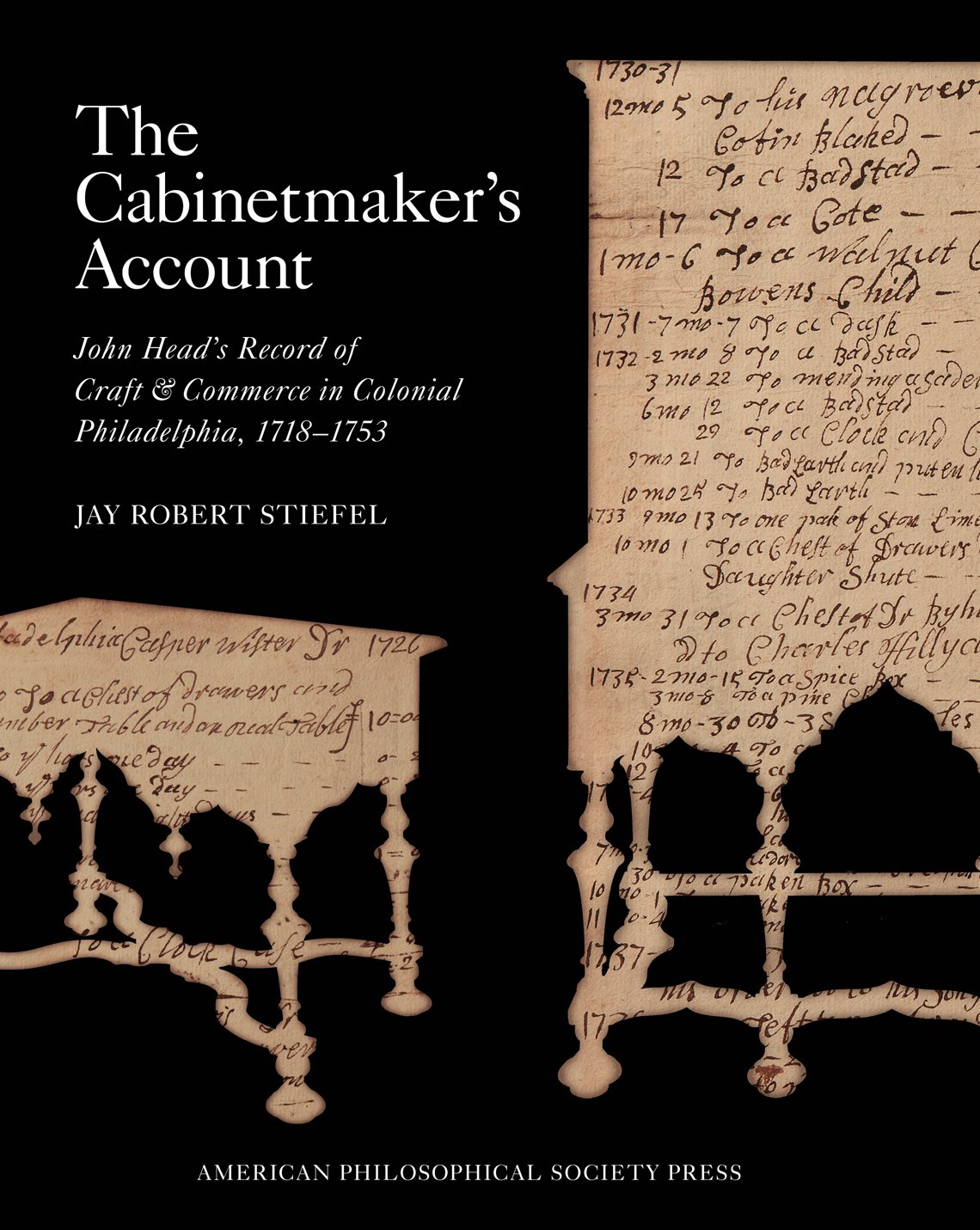 |
1. Jay Robert Stiefel, in collaboration with Alan Andersen and Christopher Storb, previously wrote about John Head in this magazine. See “The John Head Project, Part I: Documenting His Work.” Antiques & Fine Art 9, no. 1 (2008)): 190–193. A future article will discuss furniture that may be attributed to Head’s shop. More information and citations for this current article may be found in chapters 16 and 20 of Stiefel, The Cabinetmaker’s Account: John Head’s Record of Craft and Commerce in Colonial Philadelphia, 1718–1753 (Philadelphia: American Philosophical Society Press, 2019), published as Volume 271 of the Memoirs of the American Philosophical Society.
2. Bowett–Stiefel email, February 22, 2017.
3. William Macpherson Hornor Jr., Blue Book, Philadelphia Furniture, William Penn to George Washington (Philadelphia: Privately printed, 1935), 57.
4. Property from the Collection of E. Newbold Smith and Margaret du Pont Smith, Sotheby’s, New York, January 21, 2017, lot 6054, “Extremely Rare Queen Anne Carved Cherrywood Tall-Case Clock, Works by Peter Stretch, Case Attributed to John Head, Philadelphia, Circa 1750.”
5. “Inventory of the Goods and Chattels of William Callender deceased,” which was “[a]ppraised 6th & 8[th] days 6th mo. 1763 By John Reynell [&] Abel James.” Philadelphia Wills, 1763-294. While it is unknown why Leacock paid for a clock delivered to Callender, perhaps it was to pay off a debt.
6. In 1730, Anthony married Sarah (1713–1751), daughter of Abigail (Wilcox) and Samuel Powell, Sr. Anthony Morris’ parents, Anthony Morris III (1682–1763) and Phoebe (Guest) Morris (1685–1768), would later witness the marriage certificate of John Head Jr. and Mary Hudson.
















